BREAKING NEWS
LATEST POSTS
-
Animation Price Guide by getwrightonit.com
getwrightonit.com/animation-price-guide/
“Estimate the cost of animation projects for different mediums, styles, quality and duration using our interactive instant animation price calculator. Use this price guide to calculate a ballpark figure for your next animation project.”
-
Animation cost per minute inflation adjusted
getwrightonit.com/animation-cost-per-minute-inflation-adjusted/
“The cost per minute to produce the traditionally animated films from the 1930s – 1960 was much lower than today even when adjusted for inflation. This is likely due to low paid animators pulling excessive unpaid overtime, including an army of women in the Ink and Paint department who barely made enough money to cover the rent.”
“Overall, animation is a high cost and labor intensive way to get a story to the screen, but there are big returns to be made, particularly with re-releases as a new generation of young audience members discover the films.”
-
Kitsu Today CGWire – production tracking – pipeline
https://www.cg-wire.com/en/kitsu
Kitsu is a web application to track the progress of your productions. It improves the communication between all stakeholders of the production. Which leads to better pictures and faster deliveries.
CGWire PRESS RELEASE
“We noticed that a good way to improve the quality of CG movies is to improve the communication inside the studio. That’s why we made a software that is easy to use. All the stakeholders of the production can add and get data efficiently. Everyone is better informed and take better decisions.
The most notable features of Kitsu are:
– The listing of all elements of the production: assets, shots and tasks.
– A powerful commenting system that allows to put notes on tasks while changing status and attaching previews.
– A playlist system to view, compare, annotate and comment shots in a row. It’s super easy for the director to perform his reviews.
– A news feed to know in real-time what is happening during the production.
– Quota tables to evaluate the productiviy of the studio.Aside of that we added other tools to simplify the daily usage : timesheets, scheduling, production statistics, Slack integration and casting management.
Kitsu Today CGWire is deployed in 25 studios. Most of them are split in different locations. So, our users are spread in more than 15 countries working on production of all kinds: TV series, feature films and short movies (our customers are Cube Creative, TNZPV, Miyu, Akami, Lee Film, etc.). Once shipped, all productions tracked with Kitsu met success by receiving awards or getting millions of views on Youtube or on TV.
Another good thing is that Animation Schools really enjoy our product, 10 of them are using Kitsu to manage their end of studies projects (Les Gobelins, Ecole des Nouvelles Images, LISAA, etc.).
Our goal in 2020 is to make the ingestion process even better with a stronger import system, software integration and production templates. With these features, we want to be the reference software for building animation productions, especially for TV series.”




-
Edwin Catmull and Patrick Hanrahan have won the $1 million Turing Award
The two men who invented game-changing 3D computer graphics techniques now widely used in the film industry have won the highest distinction in computer science: the Turing Award
FEATURED POSTS
-
Christopher Butler – Understanding the Eye-Mind Connection – Vision is a mental process
https://www.chrbutler.com/understanding-the-eye-mind-connection
The intricate relationship between the eyes and the brain, often termed the eye-mind connection, reveals that vision is predominantly a cognitive process. This understanding has profound implications for fields such as design, where capturing and maintaining attention is paramount. This essay delves into the nuances of visual perception, the brain’s role in interpreting visual data, and how this knowledge can be applied to effective design strategies.
This cognitive aspect of vision is evident in phenomena such as optical illusions, where the brain interprets visual information in a way that contradicts physical reality. These illusions underscore that what we “see” is not merely a direct recording of the external world but a constructed experience shaped by cognitive processes.
Understanding the cognitive nature of vision is crucial for effective design. Designers must consider how the brain processes visual information to create compelling and engaging visuals. This involves several key principles:
- Attention and Engagement
- Visual Hierarchy
- Cognitive Load Management
- Context and Meaning






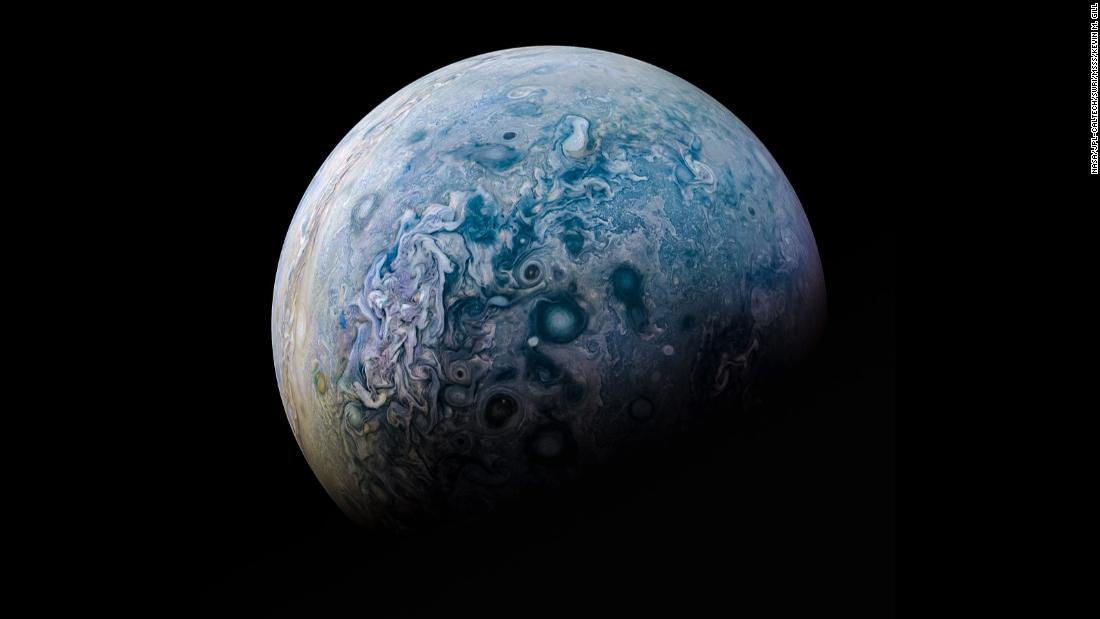
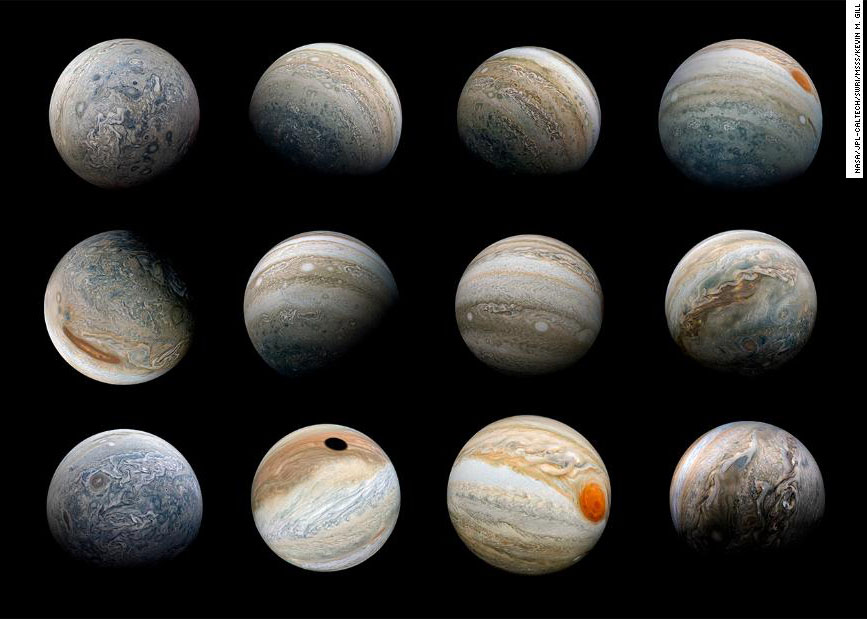
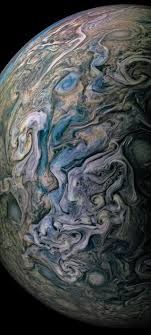
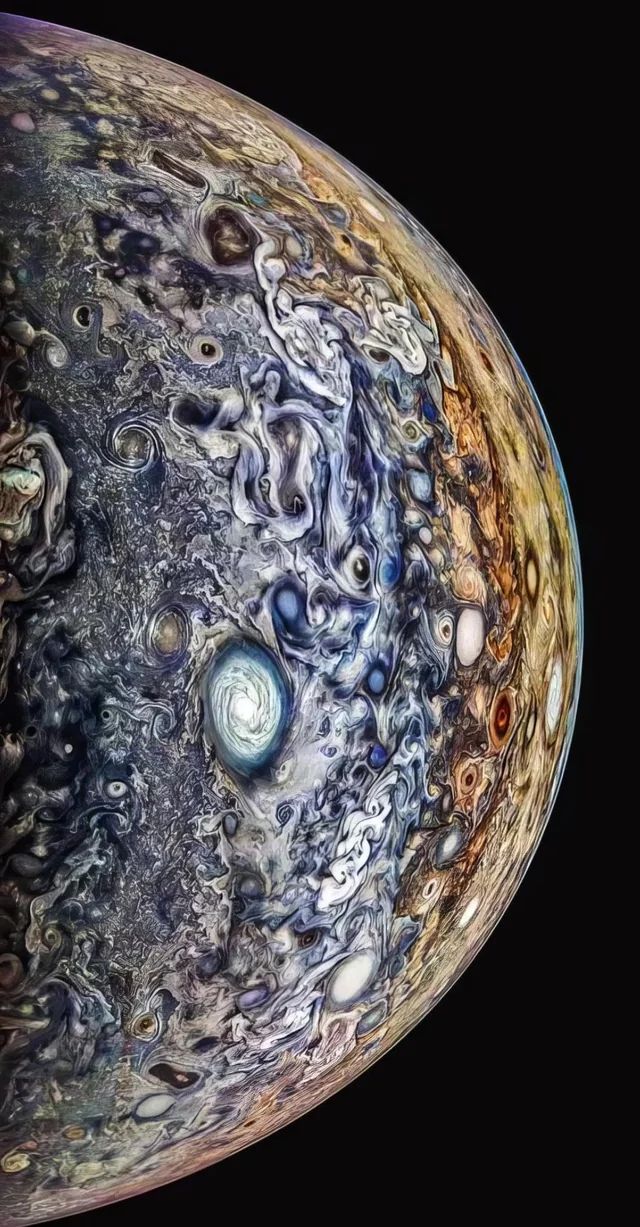
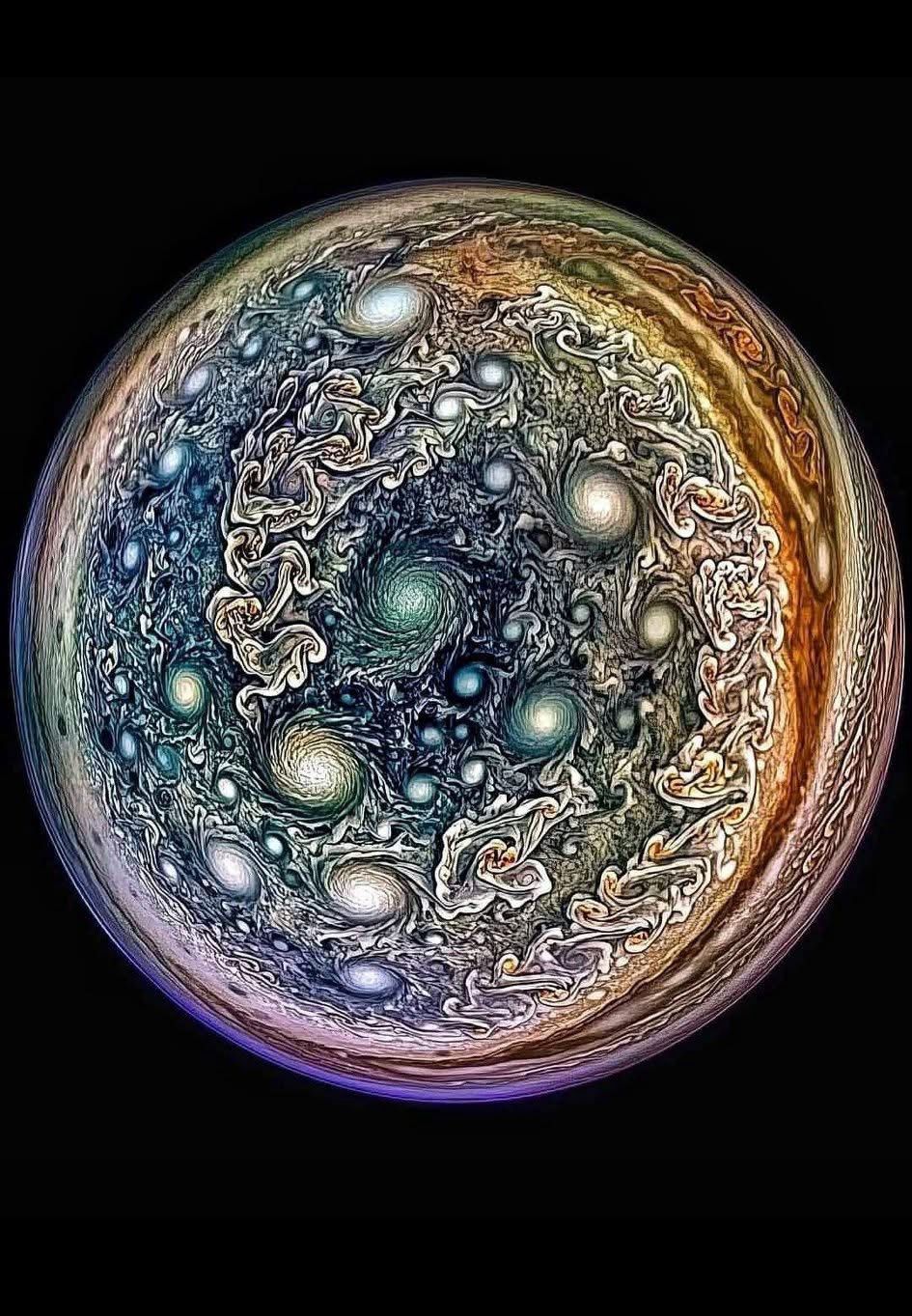
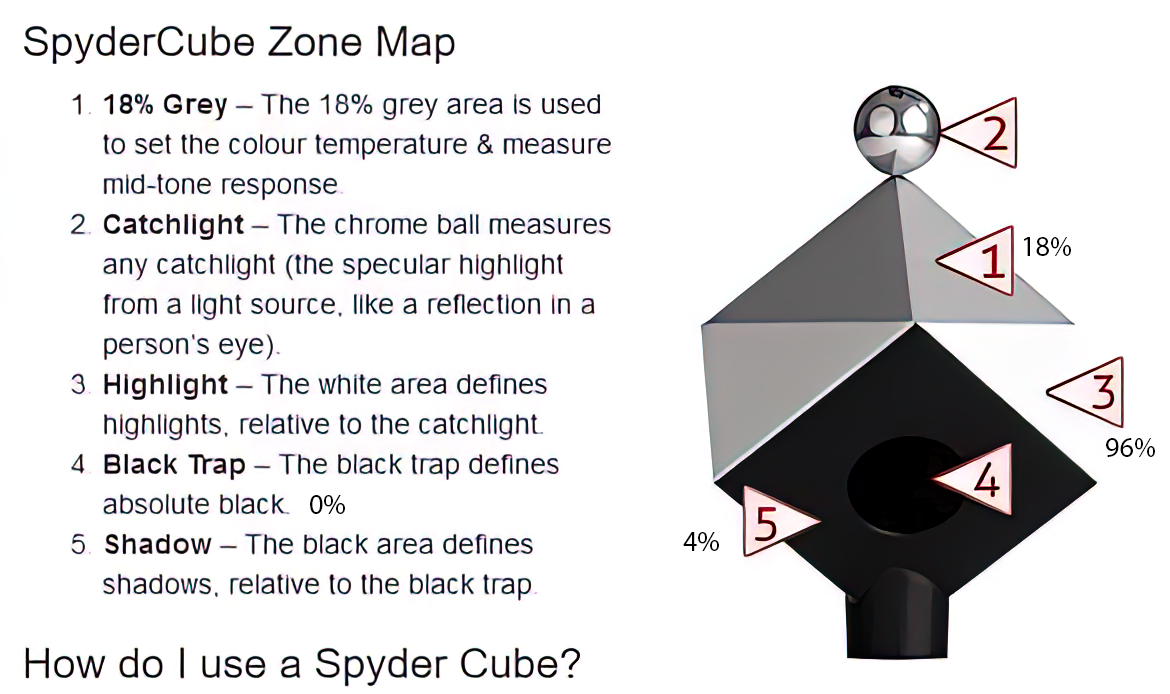
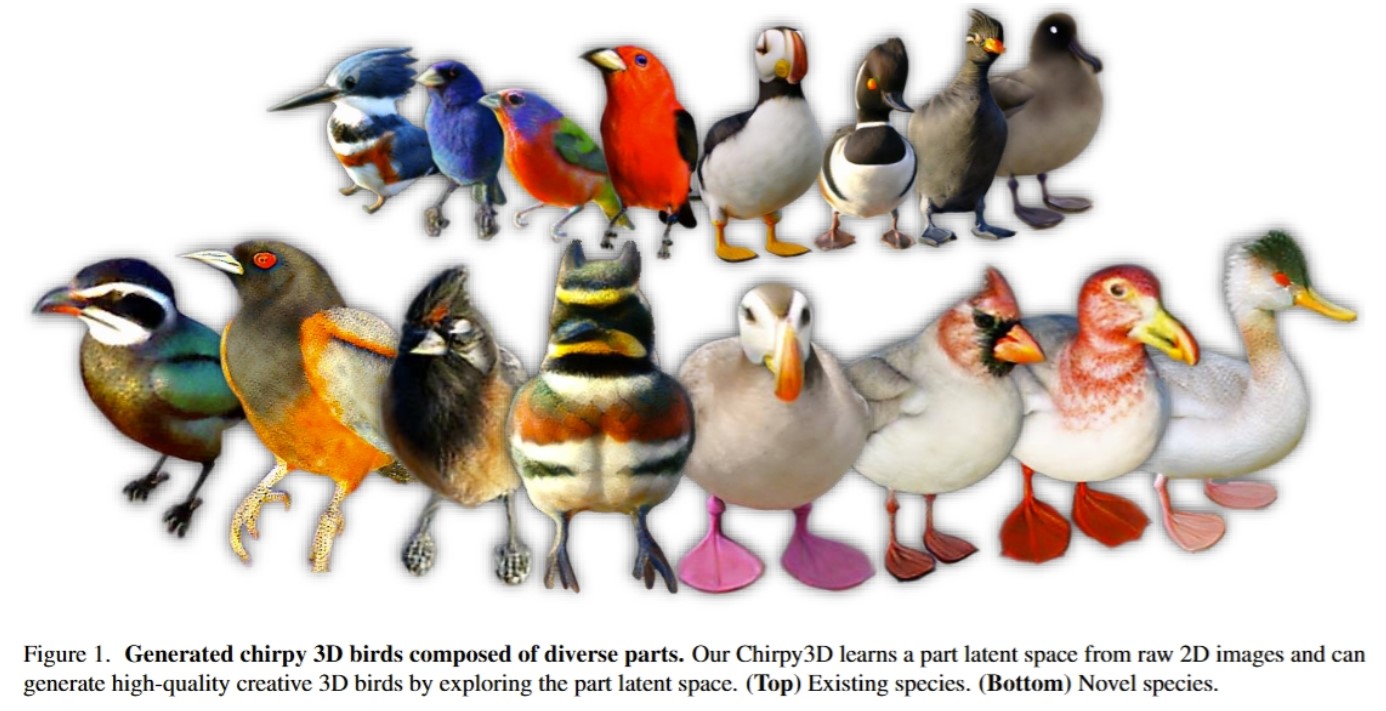
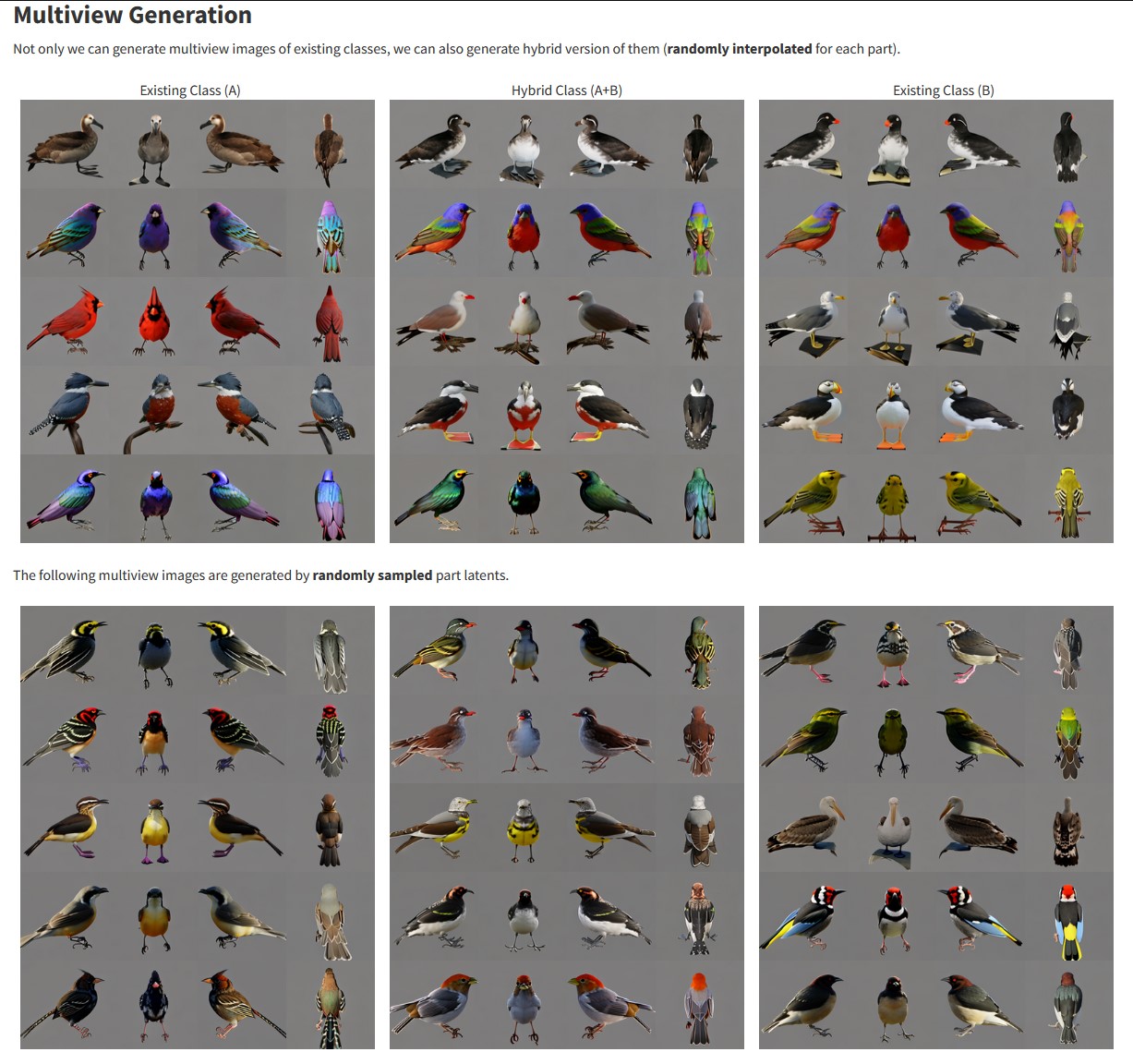

![sRGB gamma correction test [gamma correction test]](http://www.madore.org/~david/misc/color/gammatest.png)

